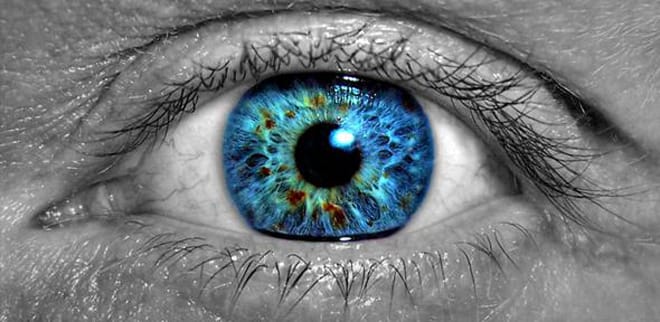Researchers Print Cells Out of an InkJet Printer

A team of researchers from the University of Cambridge, UK have successfully manage to print retinal cells using an inkjet printer. A study which may revolutionize the way artificial tissue grafts can be produced for treating blindness.
Professor Keith Martin and Dr. Barbara Lorber’s team at the John van Geest Centre for Brain Repair have used an ink-jet printer to print ganglion cells and glial cells from rats as a proof of principle. By doing so, they have demonstrated for the first time that the inkjet technology can be successfully used to print mature CNS cells. In this study, they have used a piezoelectric inkjet printer to print a suspension of mature cells through a sub-micro diameter nozzle when a specific electric pulse is applied. The entire process was recorded in high resolution using high speed video technology and the process was optimized accordingly. It is essential to maintain the properties like surface tension and viscosity of the fluid in order to ensure that the cells are printed properly on the surface.
Once printed on to the surface, a number of steps were conducted to find out how many cells survived the process, and surprisingly it was found that a number of cells were alive and healthy, retaining the ability to grow in a culture. The team plans to extend this study to other cells from retina. Further studies have to be conducted on human cells. Once this process is perfected to print human cells, it will be a valuable addition to regenerative medicine. The study has been published in the journal Biofabrication.
Source: University of Cambridge

